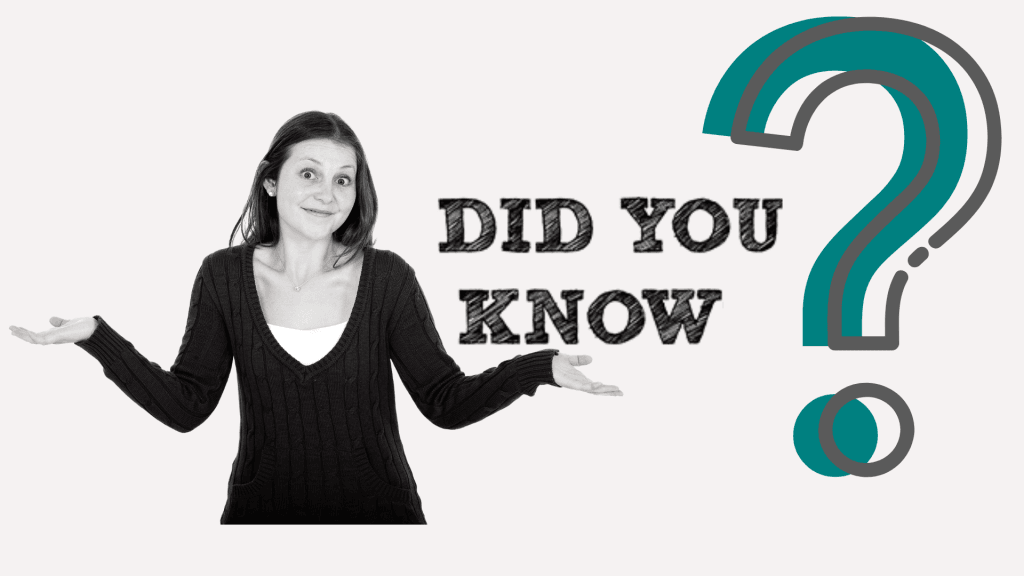Have you ever been sitting in a work meeting and felt that someone is saying one thing, but that their body language is communicating something entirely different?
For instance, someone might be saying that they agree with a proposed change, but their facial expressions might make you question if they are truly in agreement.
Or have you ever noticed someone rolling their eyes when someone else is speaking, without ever saying what they are thinking aloud?
These types of situations, where someone’s verbal communication does not match their nonverbal communication happen a lot.
And, let’s face it – if we don’t get to the bottom of this lack of congruence, everyone ends up feeling confused and dissatisfied.
Putting words to other people’s nonverbal communication can help us to better understand how the person truly feels about a situation. It can open up doors to have some real conversations, which can lead to being able to reach a true consensus on decisions.
This is especially important with people who tend to not really say what they’re thinking.

According to research done by Professor Albert Mehrabian, only 7% of our communication comes from our verbal messages, or the actual words we say.
This means that 93% of the information that we share with the people around us is sent nonverbally. Nonverbal communication includes facial expressions, gestures, body language and tone of voice. The thing is that much of our nonverbal communication is produced instinctually. It is not always under our conscious control. This means that people are often not even aware that they are sending nonverbal messages that conflict with what they are saying.
Learning to watch for mismatches between someone’s verbal and nonverbal communication can help prevent us from missing out on opportunities to truly understand how a person feels about a situation.
Try this next time:
Tune in to people’s nonverbal communication.
Make sure you are facing the person you are speaking to. Eliminate any distractions (taking notes, cell phone, etc.). This may draw you away from observing their facial expressions, body language, etc. Stay connected to the person the whole time they are communicating and watch what their body is telling you.
Put words to what you are observing.
If you notice that someone is telling you one thing with their words, but what you see from their nonverbal communication suggests differently, it’s important to put words to this. This may seem tricky and awkward, but you simply need to verbalize what you think you see. For instance, if the person seems confused, you might try “it seems like you might be a bit confused about this?”. If the person seems worried, you could try “I’m getting the sense that you might have some concerns here”.
By not judging and putting words to what you think you are reading, the other person will be invited to share a little bit more about what they are truly thinking in the situation.

In your future work meetings, try to put these steps in place and see if it brings more clarity to discussions. By having these types of open conversations, we can get to the bottom of how everyone feels about a situation much more quickly, saving a lot of time and frustration in the process.
If you liked this post, you might also like:
7 Signs That Your Team Has a Communication Problem
The 4 Foundational Skills for Effective Communication
Does Fear Hold You Back from Saying What Needs to Be Said?




